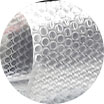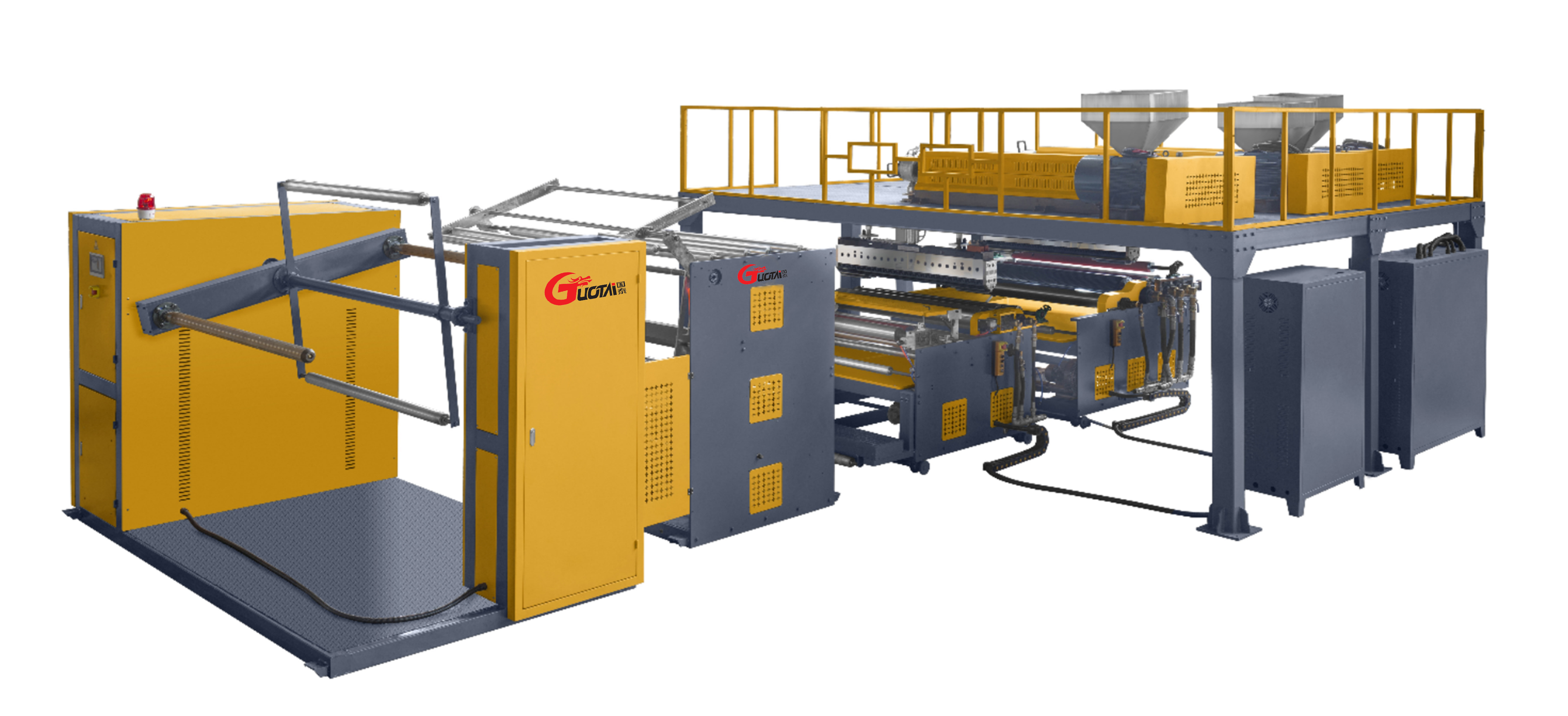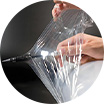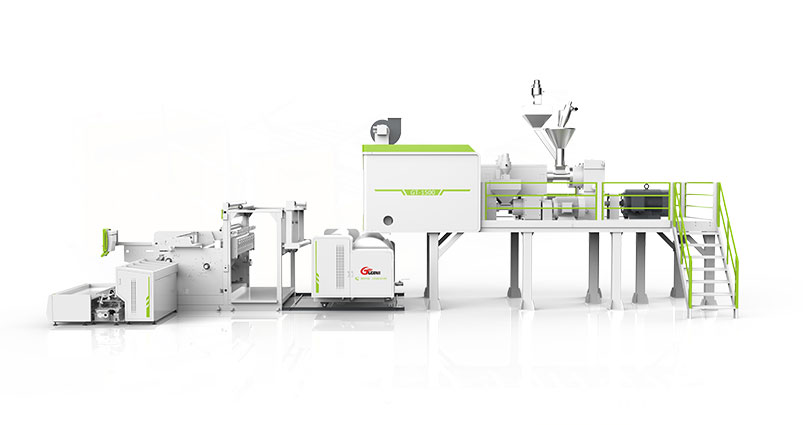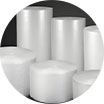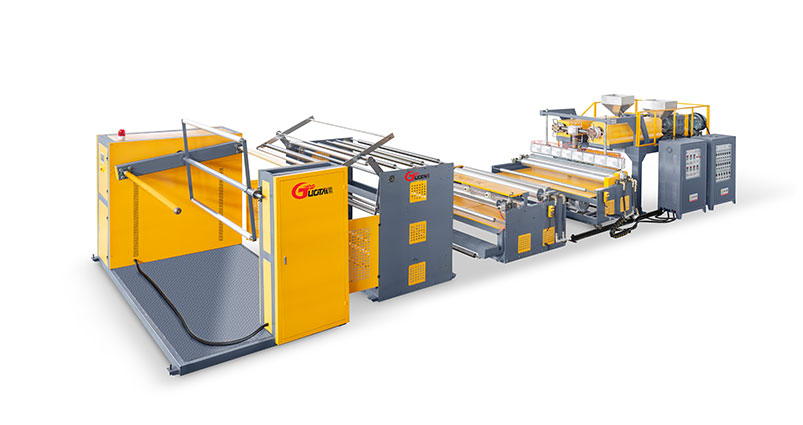How to improve the production efficiency of the bubble film machine?
The production efficiency of the bubble film machine is a topic of great concern. So, how can we increase the productivity of the bubble film machine? Choosing the right type of bubble film machine for different packaging products is crucial, as the actual packaging effects vary.
For valuables and fragile items, utilizing devices capable of producing double-layer composite bubble membranes is essential. This ensures the swift protection of valuable items. However, for general products that are less prone to damage, opting for bubble film equipment with fewer layers can improve cost-effectiveness and packaging efficiency.
Selecting the appropriate bubble film machine depends on key performance parameters. Different models and specifications are available to accommodate various product thicknesses and production capacities. Therefore, selecting equipment that aligns with specific manufacturing requirements is vital for enhancing productivity.
Currently, market-available bubble film production equipment typically features a tube diameter of approximately 210cm. While a smaller diameter makes the cylinder less prone to breakage, it limits manufacturing efficiency and production capacity. Conversely, a larger cylinder diameter may risk cracking at the support points.
The bubble film machine is designed for continuous production of polyethylene compound foam through a single molding process. It boasts stable performance, durability, adaptability, ease of operation, and high efficiency. The resulting bubble molds, also known as air cushion molds or bubble paper, offer resistance to moisture, shock, and are suitable for packaging and cushioning.
Bubble molds are produced using low-density polyethylene through the bubble film. But how are the bubbles on the bubble mold formed? First, select resin materials according to bubble mold hardness requirements, mix granular materials, and transport the mixture for further processing.
Granular material is heated and melted at a high temperature of 230°C in an extruded molding machine before being transferred to a blowing machine. The melted resin is then formed into a thin mold by extrusion and expansion. By injecting air at the mold exit, cylindrical film is produced, ensuring uniformity through air injection. The cylindrical thin mold is then cut into two pieces and wound onto rollers.
Through pressure rollers, two layers of thin molds are transformed into double-layered thin molds. The softened thin mold is wrapped around vacuum rollers with round holes, allowing the creation of real air bubbles. The vacuum roller extracts air through countless small holes, forming air bubbles on the thin molds. These bubble molds can be cut and packaged for use.
Furthermore, it's essential to check the temperature control and heating devices of the bubble film machine regularly. Adjust heating temperatures within the indicated range as needed. Monitor traction speed and control mold thickness. Ensure uniform thickness and compliance with specification requirements for folding diameter.
For You!

